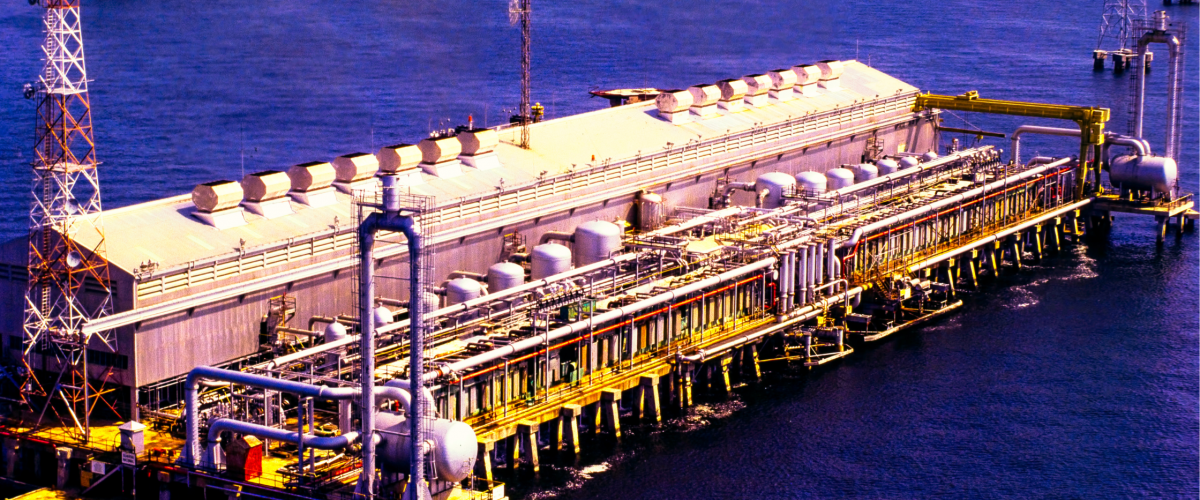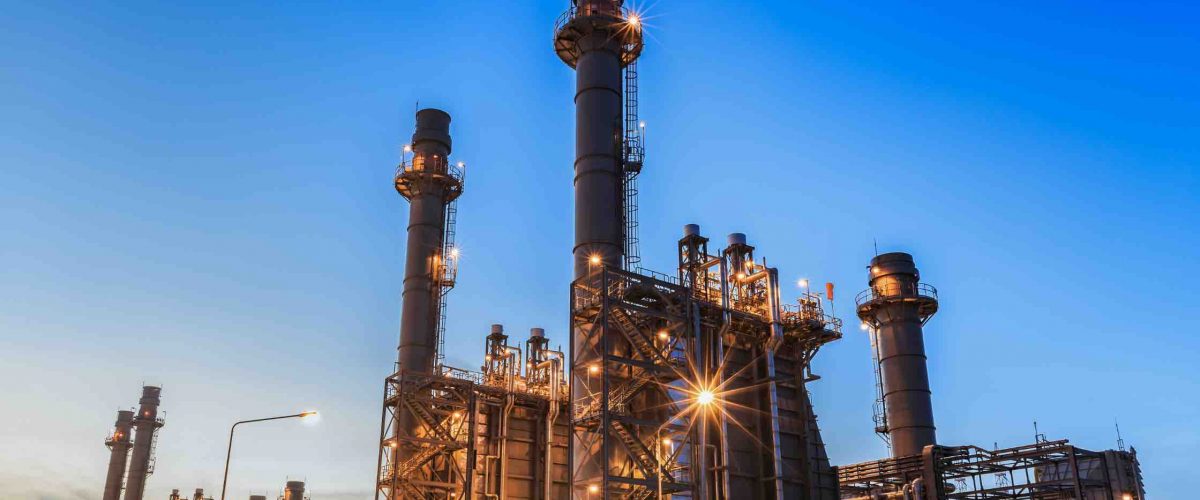Natural gas compression plays a critical role in the midstream sector by transporting gas from production fields to processing plants, storage facilities, and distribution networks.
Compression enhances the flow of natural gas through pipelines, maintains pressure levels, and facilitates efficient transportation over long distances.
This article explores the equipment used in natural gas compression and its applications in the midstream sector.
Importance of Natural Gas Compression
- Pressure Maintenance
- Pipeline Efficiency: Maintains pressure levels to ensure continuous and efficient gas flow through pipelines.
- Prevents Pipeline Surges: Prevents pressure fluctuations and surges that can damage equipment and interrupt operations.
- Transportation Efficiency
- Long-Distance Transport: Enables the transportation of natural gas over vast distances from production sites to consumption centers.
- Storage Facilities: Facilitates the injection and withdrawal of gas from storage facilities to meet demand fluctuations.
- Process Optimization
- Gas Processing Plants: Supports various processes such as dehydration, compression, and liquefaction in gas processing plants.
- Distribution Networks: Regulates pressure levels for safe and efficient distribution to end-users.
Natural Gas Compression Equipment
- Compressors
- Centrifugal Compressors: Ideal for high-flow, low-pressure applications, such as gas transmission pipelines.
- Reciprocating Compressors: Suitable for high-pressure and variable-flow applications, including gas processing and storage.
- Screw Compressors: Versatile option for medium-pressure applications with varying flow rates.
- Drivers
- Electric Motors: Commonly used for smaller compressors and in areas with access to reliable electrical power.
- Gas Turbines: Provide high power output and are suitable for remote locations without access to grid power.
- Internal Combustion Engines: Offer flexibility and reliability for applications where fuel availability is a concern.
- Auxiliary Equipment
- Cooling Systems: Maintain compressor temperatures within operating limits, including air coolers, water coolers, and heat exchangers.
- Filtration Systems: Remove contaminants and particulates from the gas stream to protect compressor components.
- Control Systems: Monitor and control compressor operation, including speed, pressure, and temperature parameters.
Applications of Natural Gas Compression in the Midstream Sector
- Gas Transmission Pipelines
- Mainline Compression: Boosts gas pressure to overcome friction losses and maintain flow rates over long distances.
- Booster Compression: Installed along pipelines to maintain pressure levels and compensate for elevation changes.
- Gas Processing Plants
- Inlet Compression: Compresses raw natural gas from production wells for further processing, including dehydration and separation.
- Refrigeration Compression: Supports gas liquefaction processes by compressing and cooling natural gas to liquefaction temperatures.
- Storage and Withdrawal
- Injection Compression: Pressurizes natural gas for injection into underground storage reservoirs during periods of low demand.
- Withdrawal Compression: Draws gas from storage facilities to meet peak demand periods or supply shortages.
- Liquefied Natural Gas (LNG) Facilities
- Recompression: Recompresses boil-off gas (BOG) vaporized from LNG storage tanks back into the liquefaction process or for re-export.
- Distribution Networks
- City Gate Stations: Regulate gas pressure at distribution hubs before delivering to residential, commercial, and industrial customers.
- Pressure Reduction Stations: Reduce pipeline pressure for safe and efficient distribution to end-users.
Key Considerations for Natural Gas Compression
- Capacity and Flow Rate
- Selecting compressors and drivers based on anticipated gas flow rates, pressure requirements, and operational conditions.
- Energy Efficiency
- Implementing energy-efficient compressor technologies and optimizing system design to minimize energy consumption and operating costs.
- Reliability and Maintenance
- Choosing robust and reliable equipment with minimal downtime for maintenance and repairs to ensure continuous operation.
- Environmental Compliance
- Adhering to environmental regulations and emissions standards by implementing emission control technologies and best practices.
- Safety and Risk Management
- Implementing safety protocols and risk mitigation measures to prevent accidents, leaks, and equipment failures.
Future Trends and Innovations
- Digitalization and Automation
- Incorporating advanced monitoring, control, and predictive maintenance systems to optimize compressor performance and reliability.
- Remote Operations
- Implementing remote monitoring and control capabilities to manage compressor operations from centralized control centers.
- Hybrid Power Systems
- Integrating renewable energy sources such as solar and wind power with natural gas compression systems to reduce carbon emissions and enhance sustainability.
- Smart Compression
- Utilizing artificial intelligence (AI) and machine learning algorithms to optimize compressor operation, predict equipment failures, and optimize energy consumption.
Natural gas compression is a critical component of the midstream sector, enabling the efficient and reliable transportation of natural gas from production sites to end-users.
Read more on Sparkview Energy:
Cathodic Protection Systems in Oil and Gas Pipelines: Preventing Corrosion
Gas Lift Systems: Enhancing Production in Oil Wells
Portable Gas Detectors: Ensuring Worker Safety in Hazardous Environments


